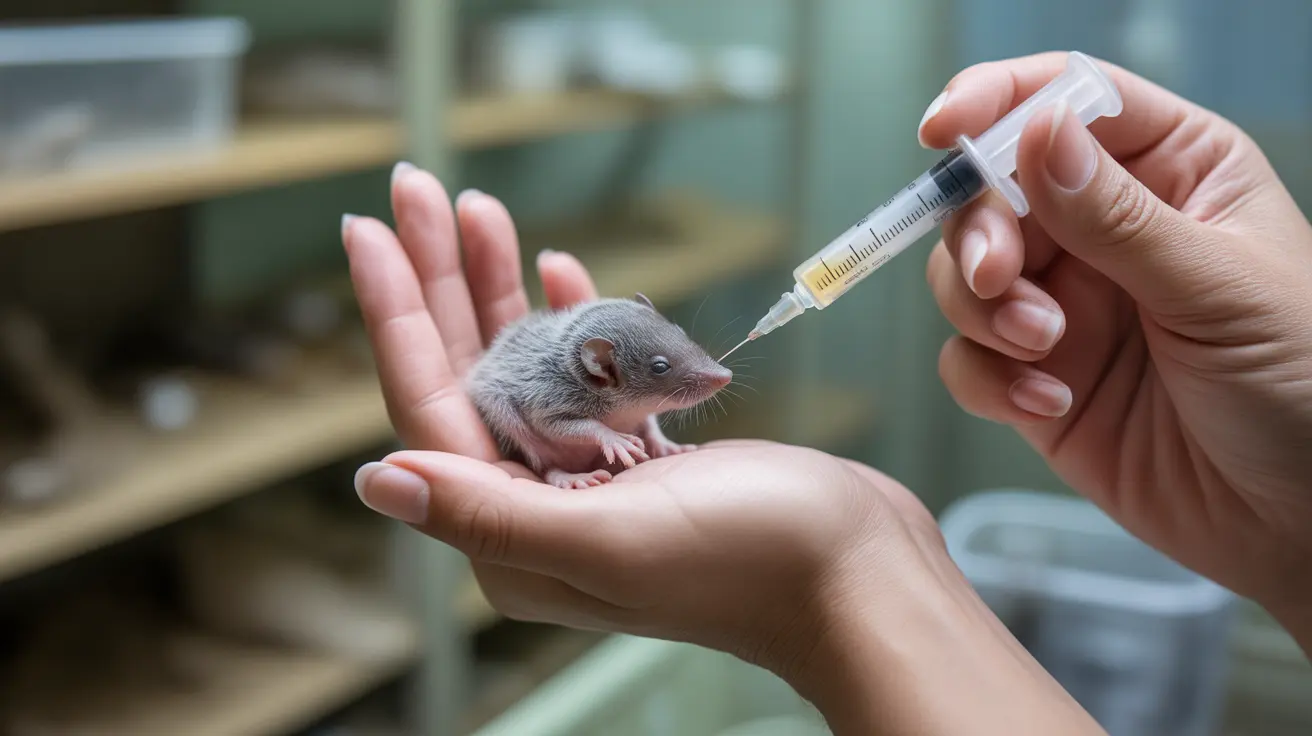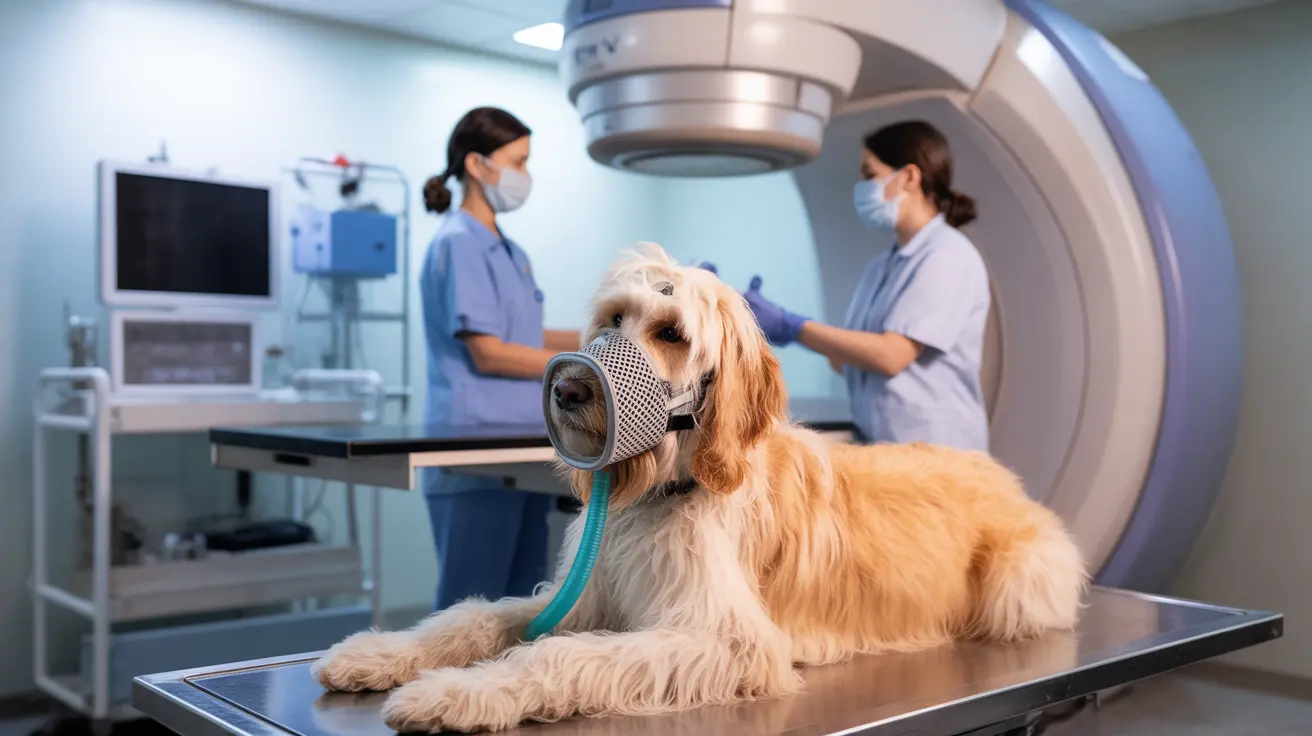What Breeds Make Up a Sealyham Terrier?
The Sealyham Terrier is a distinctive small terrier breed that originated in the 19th century in Pembrokeshire, Wales. Known for its white wiry coat and charming personality, the Sealyham Terrier was originally bred for hunting small game such as badgers, foxes, and otters. Understanding the origins of this breed involves uncovering the historical context and canine lineages used in its development.
Origins in Sealyham House
The breed was created by Captain John Edwardes at Sealyham House, hence the name. His aim was to develop a robust, fearless terrier that could navigate underground terrain, remain distinguishable from prey, and withstand harsh weather conditions. Although Edwardes left few breeding records, historians and canine experts have deduced a likely mix of breeds involved in the Sealyham’s development.
Likely Breeds Involved in Creating the Sealyham Terrier
While definitive genetic proof is lacking due to poor record-keeping in the 1800s, most experts agree that the following breeds likely contributed to the Sealyham Terrier’s bloodline:
- Welsh Corgi: Valued for its strong frame and working capability, this breed may have contributed stamina and boldness.
- Wire Fox Terrier: Brought in for its keen hunting instinct, wiry coat, and refined head.
- Dandie Dinmont Terrier: Contributed a long body, silky topknot, and hunting capability.
- West Highland White Terrier: Offered a white coat, small frame, and terrier tenacity.
- Bull Terrier: Provided a solid build, bravery, and strength.
- Staffordshire Bull Terrier: Added muscular stature and loyalty.
- English White Terrier (extinct): Likely contributed to coat color and refinement of features.
Together, these breeds produced a terrier that was not only attractive and manageable in size but also efficient in hunting and digging.
Key Traits From Ancestral Breeds
The synthesis of these terrier and working breeds endowed the Sealyham Terrier with several standout features:
- Wiry double coat: Water and weather-resistant coat, ideal for underground and outdoor work.
- Predominantly white coloration: Making the breed easily visible during hunts.
- Strong prey drive: Inherited from various hunting breeds to pursue vermin and game with persistence.
- Compact, robust frame: Short legs, rectangular body, and strength suitable for digging and maneuvering through burrows.
- Loyal and even-tempered nature: A blend of terrier independence with a more docile demeanor, possibly due to the West Highland and Dandie Dinmont Terriers.
Breed Recognition and Popularity
The Sealyham Terrier made its first dog show appearance in 1903 and was officially recognized by the Kennel Club in 1911. It became quite fashionable among British high society, film stars, and even royalty during the early 20th century. Despite its popularity, numbers dwindled post-WWII, and today it is considered a vulnerable native breed.
Modern Appearance and Characteristics
- Height: Approximately 30–31 cm (10.5–12 inches)
- Weight: Males around 9 kg (20 lbs), females 8 kg (18 lbs)
- Body Type: Rectangular, low to the ground
- Coat: Dense, weather-resistant double coat that doesn't shed
- Color: Primarily white with possible markings (lemon, black, brown, blue, badger, or tan)
The Sealyham’s unique facial furnishings, like its beard and eyebrow set, give it a distinctive look. Temperamentally, the breed is alert, confident, affectionate, and slightly more laid-back than other terriers.
Grooming and Maintenance
The Sealyham Terrier’s coat is non-shedding but requires consistent grooming care. Here are the main maintenance needs:
- Brush every 2–3 days to prevent matting
- Professional trimming or hand-stripping to maintain coat texture
- Frequent facial cleaning to manage beard and eyebrows
- Regular ear checks due to dropped ear shape prone to infections
- Nail trims and dental care are essential for overall health
Health Considerations
Though generally healthy, the breed has a few noted hereditary conditions:
- Primary Lens Luxation (PLL)
- Progressive Retinal Atrophy (PRA)
- Cataracts and Glaucoma
- Deafness
- Atopic Dermatitis
- Intervertebral Disc Disease (IVDD)
- Luxating Patella and Hip Dysplasia
- Allergies
Routine veterinary check-ups and responsible breeding practices are key to minimizing health risks within the breed.
Conclusion
The Sealyham Terrier is a remarkable result of strategic crossbreeding intended to produce a loyal, wiry-coated hunting dog. With likely contributions from several terrier and working breeds like the Wire Fox Terrier, West Highland White Terrier, and the now-extinct English White Terrier, the Sealyham developed into a companion equally suited to the field and the family home. Their unique look, playful spirit, and adaptable temperament make them a treasured breed, albeit one in need of conservation and awareness.





